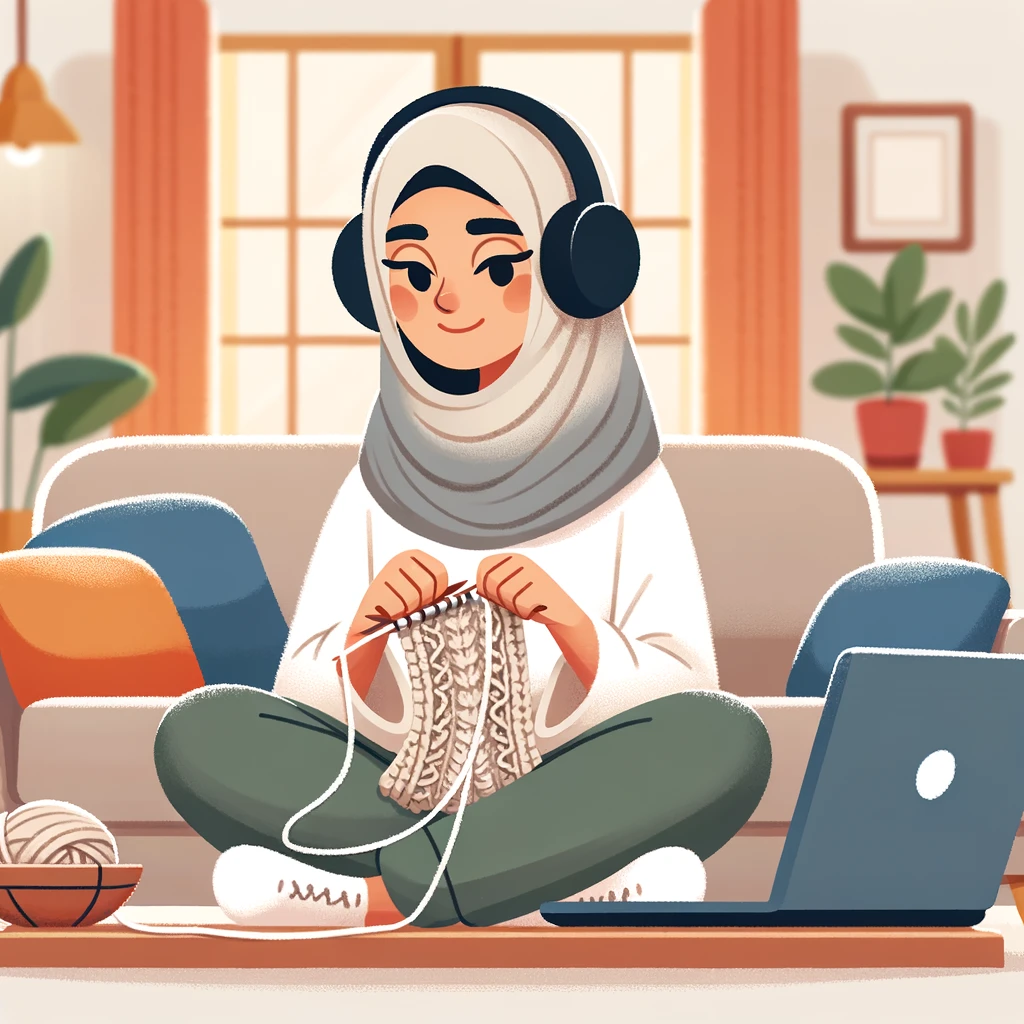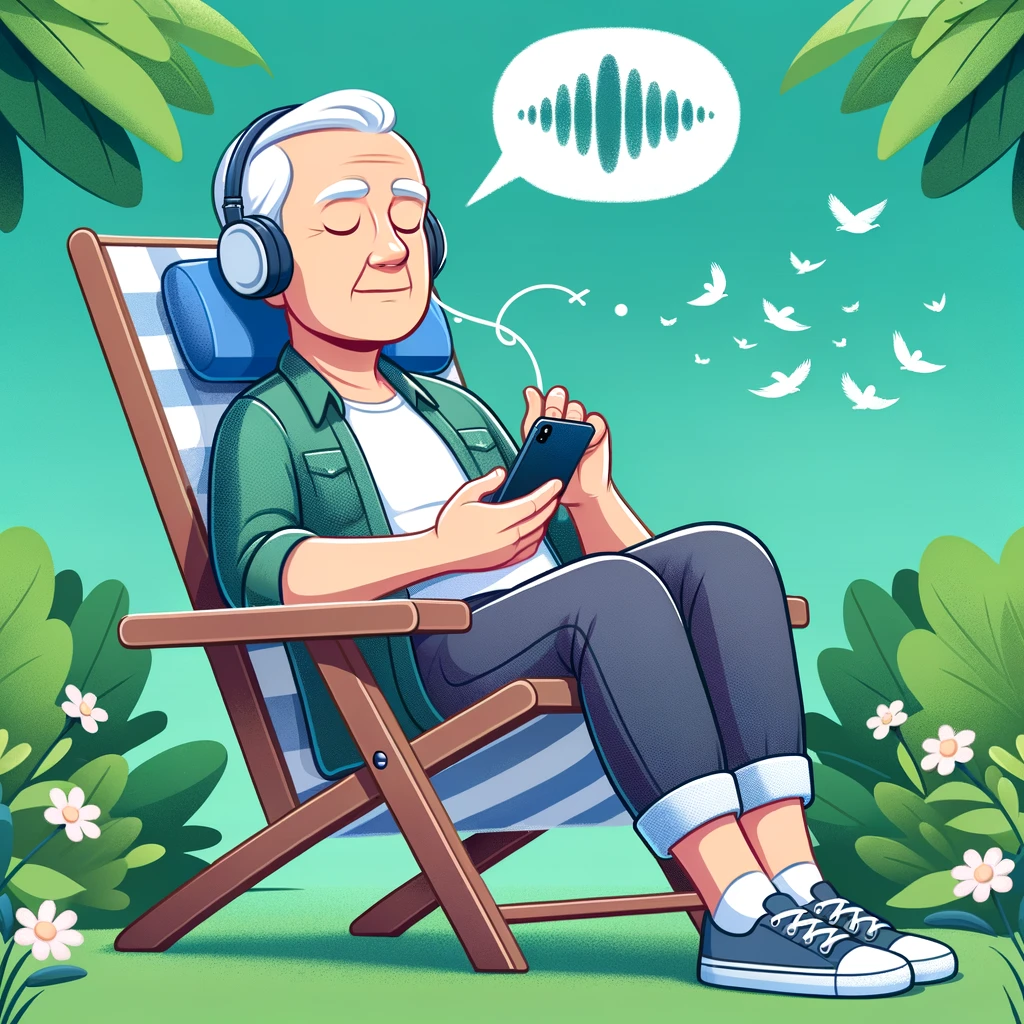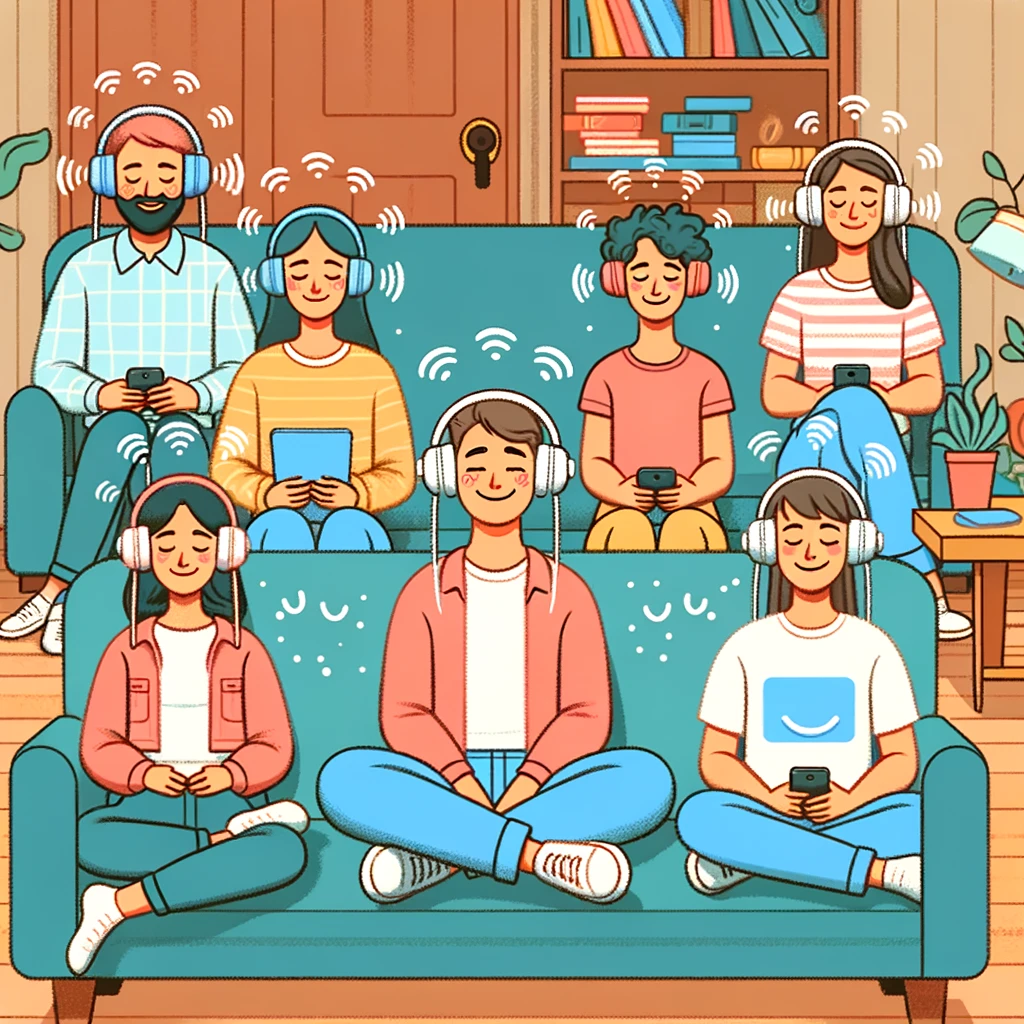Estimated reading time: 5 mins
In the bustling rhythm of modern life, the quest for a peaceful night’s sleep has become a highly sought-after treasure. Amidst a myriad of remedies and techniques to combat sleeplessness, Autonomous Sensory Meridian Response (ASMR) has emerged as a unique and enchanting solution for countless individuals seeking repose. This post delves into the captivating world of ASMR sleep, exploring its sleep-inducing prowess and how it serves as a soothing gateway to dreamland. By unraveling the mysteries of ASMR and its effectiveness in promoting sleep, we aim to provide a deeper understanding and practical insights for those yearning for restful nights.

Understanding ASMR
ASMR, or Autonomous Sensory Meridian Response, is a fascinating and relatively recent phenomenon that has captivated the attention of millions worldwide. It refers to a distinctive and often pleasurable tingling sensation that typically begins in the scalp and travels down the back of the neck and upper spine. This sensation is triggered by specific auditory or visual stimuli, known as ‘triggers’, and can vary greatly from person to person.
The exact nature and cause of ASMR remain subjects of intrigue and ongoing research in the scientific community. Some theories suggest that ASMR is a form of synesthesia, where the stimulation of one sensory pathway leads to automatic, involuntary experiences in a second sensory pathway. Others propose that it is closely related to the feeling of being groomed or cared for, tapping into a primal sense of safety and comfort.


Common ASMR sleep triggers include whispering, soft speaking, gentle tapping, the sound of brushing hair, or the rustling of paper. Visual triggers can include watching someone attentively perform a mundane task, like folding towels or painting. The triggers induce a state of deep relaxation and can even lead to a trance-like state for some, providing a mental escape from stress and anxiety.
ASMR’s growing popularity can be attributed to the increasing number of online content creators who specialize in producing videos designed to elicit this response. These videos not only cater to those seeking relaxation and stress relief but also provide a unique form of entertainment and sensory experience. The phenomenon’s ability to provide immediate, tangible sensations of calm and contentment has made it a topic of fascination and a burgeoning area of study in the realms of psychology and neurology.
The Science Behind ASMR
Autonomous Sensory Meridian Response (ASMR) is a phenomenon that has recently piqued the interest of the scientific community. At its core, ASMR is characterized by a pleasant tingling sensation that typically begins in the scalp and can travel down the spine. This sensation is often triggered by auditory or visual stimuli, such as whispering, tapping, or methodical movements.
The exact scientific underpinnings of ASMR are still being unraveled, but early research indicates a connection with the relaxation response of the body. Studies suggest that ASMR can lead to reduced heart rates and a decrease in stress markers, indicating a state of profound relaxation and calm. This response is akin to the tranquility one might experience from meditation or mindfulness practices.


Neurologically, ASMR is believed to involve a complex interplay of the brain’s reward and emotional systems. Certain sounds or sights trigger the release of neurotransmitters like endorphins and serotonin, which are associated with happiness and relaxation. This process is akin to the feeling of being cared for or comforted, a throwback to early developmental stages of human life when such sensations were crucial for bonding and development.
Furthermore, ASMR sleep is being closely studied. The deep relaxation state induced by ASMR may aid in the transition to sleep, helping to quiet the mind and prepare the body for rest. This is particularly beneficial in our fast-paced, often stress-filled lives, where disengaging the brain and easing into sleep can be challenging.
In essence, while the full scientific understanding of ASMR sleep is still developing, its potential benefits in inducing relaxation and aiding sleep are undeniable. Its growing popularity is a testament to its effectiveness for many in finding a peaceful retreat in the chaotic tapestry of everyday life.
ASMR Sleep
1. Finding Your Trigger
Not everyone experiences ASMR, and triggers can differ significantly from person to person. Common triggers include whispering, soft-speaking, light tapping, page-turning, and ambient sounds like rain or wind. Experiment with different sounds to discover what works best for you.
2. Creating a Bedtime Ritual
Incorporating ASMR into your nightly routine can signal to your body that it’s time to wind down. Listening to ASMR recordings or videos as part of your bedtime ritual can help ease the transition into sleep.
3. Setting the Scene
Create a comfortable and sleep-inducing environment. This might include dimming the lights, ensuring your bedroom is a cool, comfortable temperature, and maybe even diffusing a calming scent like lavender.
4. Technology at Bay:
While most ASMR content is accessed via smartphones or computers, it’s crucial to not let the screen’s blue light disrupt your sleep cycle. Consider setting your device aside after choosing your ASMR content or using blue light filters.


Types of ASMR Sleep
a. Whispering and Soft Speaking
Gentle, soothing voices can be incredibly calming, providing a sense of intimacy and safety.
b. Soundscapes
Natural sounds like rainfall, ocean waves, or rustling leaves can transport you to a tranquil setting, ideal for sleep.
c. Tapping and Scratching
The repetitive, rhythmic nature of these sounds can be hypnotic, lulling the mind into a restful state.
d. Role-plays
Many find comfort in ASMR videos that simulate personal attention through role-play scenarios, such as a spa treatment or a medical checkup.
Tips for Enhanced ASMR Sleep Experience
- Use Headphones: For a more immersive experience, use comfortable headphones to fully capture the binaural nature of many ASMR recordings.
- Limit Distractions: Ensure your sleeping area is free from loud noises or bright lights.
- Consistency is Key: Regular use of ASMR can enhance its effectiveness as your body begins to associate these sounds with sleep.
- Mindful Breathing: Combine ASMR listening with deep, relaxed breathing to further enhance relaxation.
The Limitations and Considerations
While ASMR can be an effective tool for sleep, it’s important to remember that it’s not a one-size-fits-all solution. Some individuals may not experience ASMR, and for others, certain triggers might actually cause discomfort. It’s also essential to use ASMR as a complementary practice to good sleep hygiene, rather than a standalone solution.


Conclusion
In a world where the quest for a restful night’s sleep can seem elusive, ASMR sleep offers a unique and personal pathway to relaxation and slumber. Whether it’s the gentle whisper of a voice, the soothing sound of rain, or the rhythmic tapping of fingers, ASMR holds the potential to transport you to a state of serene tranquility, paving the way for a deep, restorative sleep. So, plug in your headphones, find your trigger, and let the symphony of gentle sounds guide you into the arms of Morpheus.
Explore and Embrace
Remember, the journey to discovering the perfect ASMR sleep is a personal one. Embrace the exploration with an open mind, and you may just find your key to unlocking the most restful and rejuvenating sleeps of your life.
